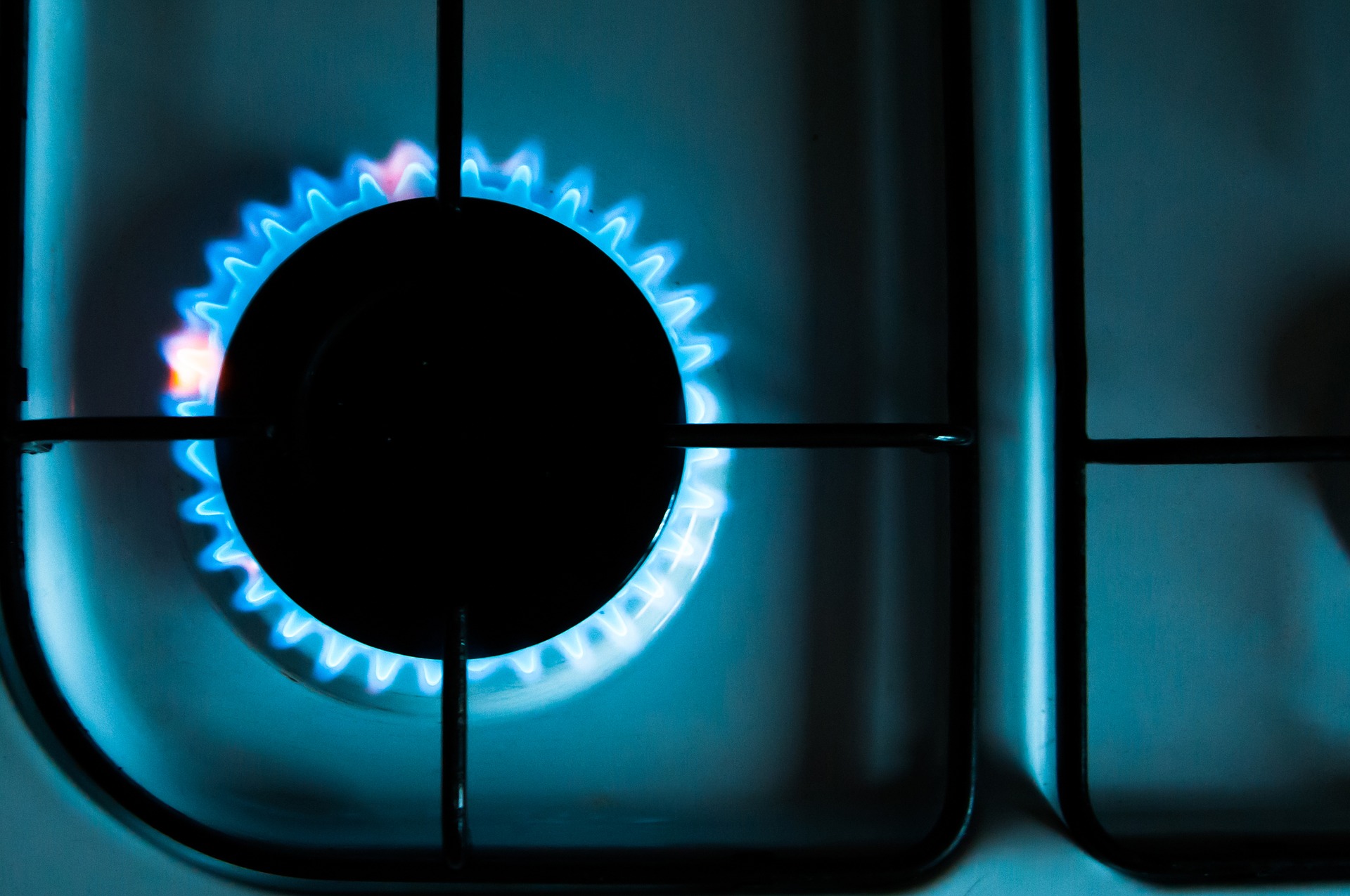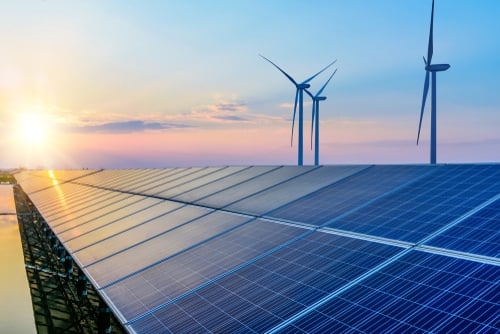
Ten years ago, the International Energy Agency (IEA) published the study entitled ‘Golden Age of Gas‘. The criticism was merciless. A year later, the IEA formulated a number of strict conditions for the gas industry in order to reach this Golden Age. Not long after, the term disappeared from our vocabulary. Nevertheless, since 2011, global natural gas consumption has grown by an average of more than 2 percent per year. This is even slightly more than what the IEA had anticipated in its Golden Age study.
Europe is different. In 2011, the proportion of natural gas in the European primary energy mix was 25%, and that is still the case. At the same time, primary European energy consumption is declining due to improvements in efficiency and the offshoring of industrial generation. As a result, European natural gas consumption has declined by 1 percent per year on average since 2011. This does not have much of an impact on the global picture. Europe is just a minor player, with an energy consumption amounting to barely 10 percent of the global total.
Some people think that this back-up function that gas has is temporary. So far, I have not seen much evidence of this in practice.”
Even though demand is falling, the importance of natural gas is nevertheless increasing for Europe. After all, some the alternatives to natural gas are being shut down, such as coal and nuclear power plants. Although sun and wind are substitutes, natural gas still plays an essential role as a back-up. Meanwhile, the gas plants in the Netherlands are back in business. Belgium decided last week to build 2,300 MW of additional gas capacity. While German electricity grid operators are counting on no less than 12,000 MW extra gas power plants by 2030. Some people think that this back-up function that gas has is temporary. So far, I have not seen much evidence of this in practice.
With the removal of coal from Europe’s energy mix, a degree of flexibility is also being lost from the energy system. The large gas storage facilities in Northwest Europe are for the most part empty at the moment. A lot of gas will be needed this summer to refill them. Consequently, the gas price is relatively high, with the result that, despite the high CO2 price, European coal-fired power stations will be producing more this summer. Natural gas that is saved as a result can then be transported to those gas storage facilities. It was the other way round last year following a warm winter. Once the coal-fired power stations have gone, that option will also be over.
An essential role for the Netherlands as well
Natural gas is under heavy fire in the Netherlands. The most striking development is the ‘gas-free’ movement, which has already been adopted by numerous towns and villages. Minister Ollongren has pledged hundreds of millions of euros to help entire residential areas do away with natural gas. The programme does not appear to be very successful, but the direction is crystal clear nonetheless. The same applies to the decision not to hook up new homes to gas. All the same, natural gas will continue to play an essential role in the Netherlands over the next few decades. In the first place as the backbone of our electricity system.
It is true that the volume of natural gas used for electricity generation is set to decline. Yet gas is bound to continue to function as a back-up for a while longer. And it will become increasingly important as the Netherlands electrifies its utilities more and more. Apart from that, the Netherlands almost routinely rejects all conceivable alternatives to natural gas. I had already mentioned coal and nuclear energy. Plus there is considerable opposition to onshore wind power. Biomass is in contention too. Hydrogen and green gas are fine, but we are not so keen on them being used on a large scale.
Admittedly, geothermal energy could be very promising, but it will take a long time to set up. Not only is it expensive, it is only a matter of time before the ground starts shaking somewhere … Electricity is left over as an alternative. Although, as already stated, natural gas remains particularly indispensable in that sector. Quite apart from the fact that we are no longer very fond of cables and masts in the Netherlands.
Sweden as an example
A recent brochure published by the Dutch gas wholesaler GasTerra notes that Dutch natural gas consumption has grown each year since 2014. That is happening despite the desire to ‘get rid of gas’. Incidentally, this fascinating brochure also describes the inevitable decline in Dutch gas consumption over the coming years.
Is it even possible to maintain a fully developed society without natural gas? It took a little bit of digging, but it definitely is possible. The best-known example is Sweden, which incidentally lacks a national gas network. The Swedes use almost twice as much electricity per person as the Netherlands. That electricity is produced with nuclear power and hydropower. What’s more, Sweden uses six times more biomass per person than the Netherlands. The Netherlands, however, does not have abundant hydropower sources, and we reject nuclear power and biomass.
I predict that in Northwest Europe, natural gas will be the energy source on which our society depends on for the next few decades. Of course, our reliance on it will eventually ease off, but when it comes down to it, we will not be able to do without it. Natural gas is set to remain the backbone of our energy system. It may take some getting used to psychologically, yet it is imperative that we realise this. Recently we saw in Texas (which has twice the population of the Netherlands) what a massive failure of the gas system can entail. The economic damage amounts to €100 billion, not to mention all the other problems.
Backbone of European energy supply
Once you know that the end is near, you stop doing expensive maintenance. That is known as ‘asset sweating‘. Why invest in new gas wells, compressors or pipes if you are not going to need them any more in the future? While at the same time, the same gas system forms the backbone of the European energy supply, so a breakdown is not an option. Especially during a cold winter. It is fairly conceivable that we will no longer need this system in 2050. But until then, we do want maintain a reliable energy system. Therefore, despite declining sales, our natural gas system must remain absolutely reliable, even under extreme conditions. This creates quite a dilemma for the parties in the Northwest European gas system.
Let me make one final point. New developments may turn out to be disappointing. Which is why – almost surreptitiously – we regard natural gas as a last resort. In 2007, the Dutch Wadden Islands announced that by 2020 they would be producing all of their own energy. Natural gas would no longer be needed. Yet when 2020 came around, they were still using plenty of natural gas.
Suppose that the grid managers had stopped carrying out expensive maintenance back in 2007 because those pipelines to the Wadden Islands would no longer needed by 2020? This is also a major issue. Europe claims that it will hardly need any natural gas in the future. What if things go wrong, it gets colder, or there are winters with very little wind – will the Norwegians and the Russians have enough gas capacity ready for Europe? We are about to enter an exciting time.
This column was previously published on the Energiepodium.nl website and has been reprinted with their permission.
About this column:
In a weekly column, alternately written by Bert Overlack, Eveline van Zeeland, Eugene Franken, Helen Kardan, Katleen Gabriels, Carina Weijma, Bernd Maier-Leppla and Colinda de Beer, Innovation Origins tries to find out what the future will look like. These columnists, occasionally supplemented by guest bloggers, are all working on solutions in their own way on the problems of our time. So that tomorrow will be good. Here are all the previous articles.








